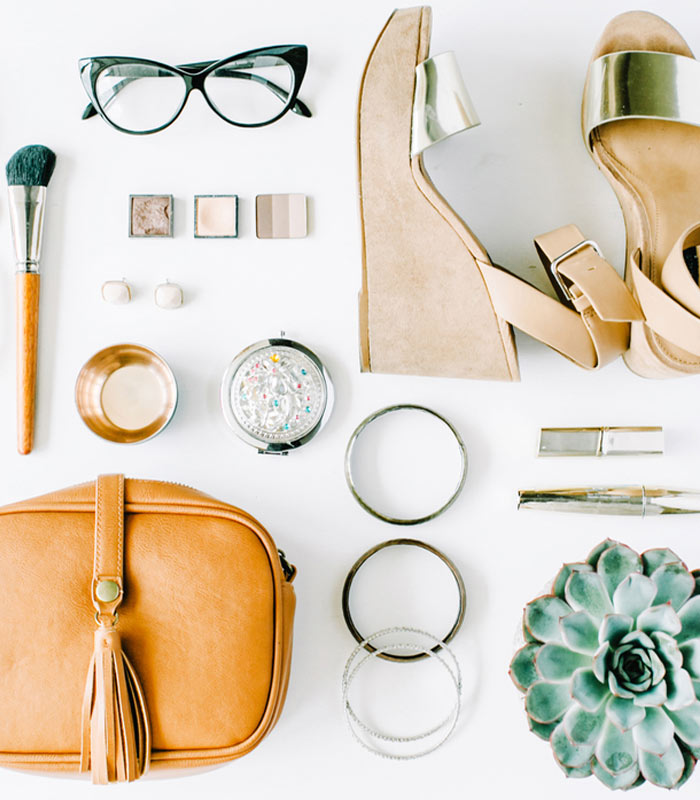Faux leather jackets offer a stylish and animal-friendly alternative to traditional leather, capturing its look and feel without ethical considerations. However, maintaining its pristine condition requires insight into specific care techniques. Faux leather’s unique composition means it can’t be treated the same as genuine leather, and understanding how to care for it can extend its life and preserve its appearance. Below, we’ll explore the most effective methods to sustain your faux leather items for years.
Understanding Faux Leather and Its Unique Needs
Faux leather, also known as synthetic leather, comes in several forms, including polyurethane (PU) and polyvinyl chloride (PVC), also known as vinyl. The core difference between faux and genuine leather lies in their origin and care requirements. Unlike traditional leather, faux materials don’t age or patina in the same manner, but they can appear new longer with proper maintenance.
Since it’s made from synthetic materials, faux leather is not as porous as genuine leather, meaning it doesn’t absorb liquids or oils in the same way. However, this does not imply it’s stain-proof or damage-immune; it simply necessitates a different approach to cleaning and conditioning. Recognizing this distinction is key to proper faux leather care.
Understanding the demands of faux leather includes recognizing that it’s prone to wear and tear, such as cracking and peeling, particularly when exposed to certain conditions. Caring for these items goes beyond mere aesthetics, as regular maintenance can directly influence their functionality and durability.
Regular Cleaning Techniques for Faux Leather Durability
For the day-to-day upkeep of faux leather, a gentle wipe with a damp cloth can remove dust and superficial dirt. This simple practice prevents build-up that can lead to deterioration over time. It’s critical to use a soft cloth to avoid scratching the surface, as faux leather can be sensitive to abrasive materials.
The use of mild soaps or detergent mixed with water is often recommended for tougher stains or dirt. It’s important to perform a patch test on an inconspicuous area first to ensure no discoloration or damage occurs. Once it’s deemed safe, apply the mixture using a soft cloth and clean in a circular motion for best results.
After cleaning, it’s essential to dry the faux leather thoroughly. Air drying is preferred, as direct heat can warp or melt the synthetic materials. A soft, dry cloth can be used to blot away excess moisture before leaving the item to dry naturally, away from sunlight and heat sources.
Conditioning Faux Leather To Prevent Cracking and Peeling
While faux leather doesn’t require oiling like genuine leather, it can still benefit from conditioning to maintain its elasticity. Specialized faux leather conditioners are available that provide the necessary moisture to keep the material supple without causing damage. Even household items like mild oil-free body lotions can occasionally serve as a convenient alternative.
As with cleaning, it’s important to test conditioners on a small, hidden section first. Once cleared for use, apply the conditioner with a soft cloth, gently working it into the fabric in a circular motion. This process should not be done excessively but rather on an as-needed basis to avoid over-saturation.
The frequency of conditioning depends on the item’s exposure to conditions that might cause dryness. For example, faux leather furniture that sees daily use or items stored in dry environments may benefit from more regular treatments. However, be cautious of over-conditioning, as it can lead to buildup and potential degradation of the material’s finish.
Ideally, the right balance will keep faux leather looking fresh and new. Consistent but moderate conditioning will contribute to the longevity of your faux leather pieces, keeping them free from the unsightly effects of cracking and peeling.
The care and attention invested in faux leather can significantly deter wear and enhance its lasting appeal. Whether sporting a trendy faux leather jacket or lounging on a sleek sectional, proper maintenance is the secret to preserving the material’s style and substance.
Faux leather jackets offer a stylish and animal-friendly alternative to traditional leather, capturing its look and feel without ethical considerations. However, maintaining its pristine condition requires insight into specific care techniques. Faux leather’s unique composition means it can’t be treated the same as genuine leather, and understanding how to care for it can extend its life and preserve its appearance. Below, we’ll explore the most effective methods to sustain your faux leather items for years.
Understanding Faux Leather and Its Unique Needs
Faux leather, also known as synthetic leather, comes in several forms, including polyurethane (PU) and polyvinyl chloride (PVC), also known as vinyl. The core difference between faux and genuine leather lies in their origin and care requirements. Unlike traditional leather, faux materials don’t age or patina in the same manner, but they can appear new longer with proper maintenance.
Since it’s made from synthetic materials, faux leather is not as porous as genuine leather, meaning it doesn’t absorb liquids or oils in the same way. However, this does not imply it’s stain-proof or damage-immune; it simply necessitates a different approach to cleaning and conditioning. Recognizing this distinction is key to proper faux leather care.
Understanding the demands of faux leather includes recognizing that it’s prone to wear and tear, such as cracking and peeling, particularly when exposed to certain conditions. Caring for these items goes beyond mere aesthetics, as regular maintenance can directly influence their functionality and durability.
Regular Cleaning Techniques for Faux Leather Durability
For the day-to-day upkeep of faux leather, a gentle wipe with a damp cloth can remove dust and superficial dirt. This simple practice prevents build-up that can lead to deterioration over time. It’s critical to use a soft cloth to avoid scratching the surface, as faux leather can be sensitive to abrasive materials.
The use of mild soaps or detergent mixed with water is often recommended for tougher stains or dirt. It’s important to perform a patch test on an inconspicuous area first to ensure no discoloration or damage occurs. Once it’s deemed safe, apply the mixture using a soft cloth and clean in a circular motion for best results.
After cleaning, it’s essential to dry the faux leather thoroughly. Air drying is preferred, as direct heat can warp or melt the synthetic materials. A soft, dry cloth can be used to blot away excess moisture before leaving the item to dry naturally, away from sunlight and heat sources.
Conditioning Faux Leather To Prevent Cracking and Peeling
While faux leather doesn’t require oiling like genuine leather, it can still benefit from conditioning to maintain its elasticity. Specialized faux leather conditioners are available that provide the necessary moisture to keep the material supple without causing damage. Even household items like mild oil-free body lotions can occasionally serve as a convenient alternative.
As with cleaning, it’s important to test conditioners on a small, hidden section first. Once cleared for use, apply the conditioner with a soft cloth, gently working it into the fabric in a circular motion. This process should not be done excessively but rather on an as-needed basis to avoid over-saturation.
The frequency of conditioning depends on the item’s exposure to conditions that might cause dryness. For example, faux leather furniture that sees daily use or items stored in dry environments may benefit from more regular treatments. However, be cautious of over-conditioning, as it can lead to buildup and potential degradation of the material’s finish.
Ideally, the right balance will keep faux leather looking fresh and new. Consistent but moderate conditioning will contribute to the longevity of your faux leather pieces, keeping them free from the unsightly effects of cracking and peeling.
The care and attention invested in faux leather can significantly deter wear and enhance its lasting appeal. Whether sporting a trendy faux leather jacket or lounging on a sleek sectional, proper maintenance is the secret to preserving the material’s style and substance.



